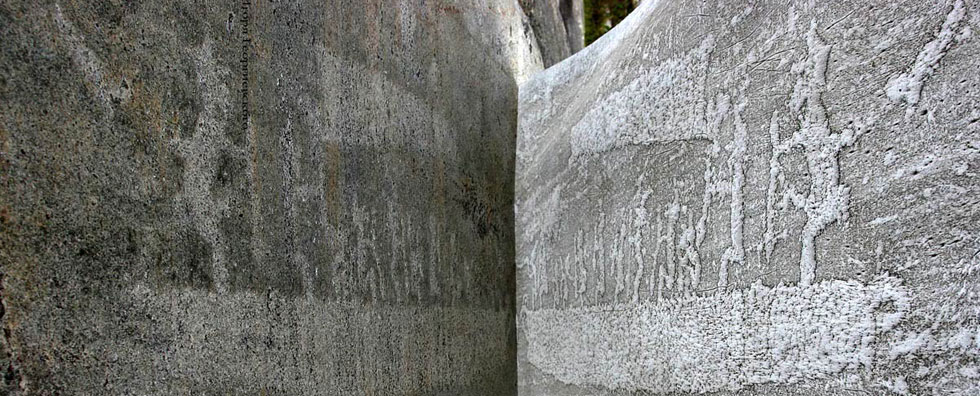
Issue №4, Vol. 17
Khitrov E., Andronov A., Khakhina A., Grigorev G. Mathematical models of machine movers’ interaction with soils // Resources and Technology. 2020. №4, Vol. 17. P. 15‒64.
DOI: 10.15393/j2.art.2020.5422
Mathematical models of machine movers’ interaction with soils
| Khitrov Egor | St. Petersburg State Forest Technical University named after S.M. Kirov, yegorkhitrov@gmail.com |
| Andronov Aleksandr | St. Petersburg State Forest Technical University named after S.M. Kirov, andronovalexandr@gmail.com |
| Khakhina Anna | St. Petersburg Polytechnic University of Peter the Great, anna-hahina@mail.ru |
| Grigorev Gleb | St. Petersburg State Forest Technical University named after S.M. Kirov, vtl-lta@mail.ru |
|
Key words: rutting tractive performance cross-country ability of machines |
Summary: The paper focuses on a review and a brief analysis of the main results obtained by Russian and foreign researchers in the field of studying the interaction of wheeled and tracked vehicles with bearing surfaces. Mathematical models are considered for calculating the indicators of rutting and tractive performance of the vehicles. It is shown that to date, the scientific description of the processes of vehicles interaction with bearing surfaces, such as forest soils, which is necessary to improve technological efficiency and reduce the environmental risks of harvesting equipment in difficult soil conditions, has not been completed. The authors consider approaches to modeling the interaction of forestry vehicles with homogeneous bearing surfaces, the properties of which remain constant in the process of interaction. The approaches mainly use the elastic formulation of the problem of indentation when an indenter is pressed into a half-space. An overview of the accumulated empirical data on the interaction of the vehicles with certain types of soils and grounds is given. Approved approaches to obtaining dependencies for determining the indicators of rutting and compaction of soil, vehicles’ tractive performance when operating on homogeneous bearing surfaces with constant properties are considered (the approaches are based on the idea of processing the results of computational experiments). The authors have found that assessment of indicators of wheeled and tracked forest vehicles interaction with heterogeneous bearing surfaces is not sufficiently developed. The properties of such surfaces, which include forest soils and waterlogged soils, vary because of their layered structure and inhomogeneity of density and moisture in the depths of layers. These properties may change directly under the impact of a mover, for example, in case of snow, compacted soil, soil of a cutting area when a vehicle passes repeatedly along the track. This change occurs at nonlinear stress-strain relationship that arises because of rheological properties of soils and dynamic effects under a vehicle impact. |
Displays: 943; Downloads: 741;




